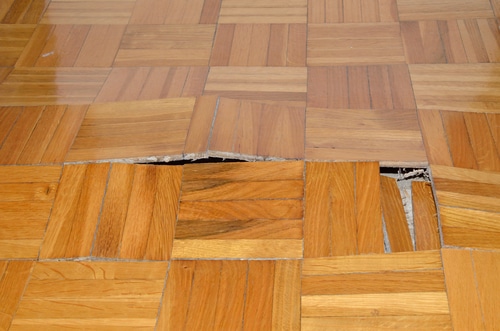6 Ways to Locate Concealed Water Leakages in Your Home
6 Ways to Locate Concealed Water Leakages in Your Home
Blog Article
Have you been searching for advice on Finding hidden leaks?

Early discovery of leaking water lines can minimize a prospective disaster. Apart from conserving you money, it will decrease the worry as well as stress. The moment you discover a leakage, calling your plumber for repair services is the most effective remedy. Nonetheless, some tiny water leakages might not be visible. If you can not find it with your naked eyes, here are some hacks that assist.
1. Examine the Water Meter
Inspecting it is a guaranteed method that aids you find leakages. If it relocates, that indicates a fast-moving leak. This suggests you might have a slow leak that can even be below ground.
2. Inspect Water Intake
If you spot sudden modifications, despite your usage being the exact same, it suggests that you have leaks in your plumbing system. An abrupt spike in your costs indicates a fast-moving leak.
At the same time, a stable boost each month, despite the same practices, shows you have a sluggish leak that's also gradually escalating. Call a plumber to extensively check your residential property, especially if you really feel a cozy location on your flooring with piping below.
3. Do a Food Coloring Examination
When it involves water intake, 30% comes from commodes. Examination to see if they are running appropriately. Drop flecks of food color in the container and wait 10 mins. There's a leakage in between the container and also bowl if the shade in some way infiltrates your bowl during that time without flushing.
4. Asses Outside Lines
Do not forget to inspect your outdoor water lines also. Should water seep out of the connection, you have a loose rubber gasket. One tiny leak can lose heaps of water and increase your water expense.
5. Examine and Analyze the Situation
Homeowners need to make it a habit to inspect under the sink counters as well as even inside cabinets for any bad odor or mold and mildew development. These 2 red flags suggest a leak so timely focus is required. Doing routine examinations, even bi-annually, can conserve you from a major problem.
Much more significantly, if you recognize your home is currently old, keep a watchful eye on your heating systems, pipes, pipes and so on. Look for discolorations as well as compromising as most pipes as well as appliances have a life expectancy. They will certainly also normally weaken because of damage. If you suspect leaking water lines in your plumbing system, do not wait on it to escalate. Call a professional plumber immediately so you do not end up with a terrible mess in your house.
Early discovery of dripping water lines can alleviate a potential catastrophe. Some little water leakages might not be visible. Inspecting it is a guaranteed means that helps you discover leakages. One little leakage can throw away bunches of water and surge your water bill.
If you believe leaking water lines in your plumbing system, do not wait for it to rise.
WARNING SIGNS OF WATER LEAKAGE BEHIND THE WALL
PERSISTENT MUSTY ODORS
As water slowly drips from a leaky pipe inside the wall, flooring and sheetrock stay damp and develop an odor similar to wet cardboard. It generates a musty smell that can help you find hidden leaks.
MOLD IN UNUSUAL AREAS
Mold usually grows in wet areas like kitchens, baths and laundry rooms. If you spot the stuff on walls or baseboards in other rooms of the house, it’s a good indicator of undetected water leaks.
STAINS THAT GROW
When mold thrives around a leaky pipe, it sometimes takes hold on the inside surface of the affected wall. A growing stain on otherwise clean sheetrock is often your sign of a hidden plumbing problem.
PEELING OR BUBBLING WALLPAPER / PAINT
This clue is easy to miss in rooms that don’t get much use. When you see wallpaper separating along seams or paint bubbling or flaking off the wall, blame sheetrock that stays wet because of an undetected leak.
BUCKLED CEILINGS AND STAINED FLOORS
If ceilings or floors in bathrooms, kitchens or laundry areas develop structural problems, don’t rule out constant damp inside the walls. Wet sheetrock can affect adjacent framing, flooring and ceilings.
https://www.servicemasterbyzaba.com/blog/how-to-detect-water-leakage-in-walls/

Do you really like reading up on Locating water leaks? Put feedback further down. We would be glad to know your suggestions about this write-up. In hopes that you come back again in the future. Remember to take the time to distribute this article if you appreciated it. Thank you so much for your time spent reading it.
Report this page